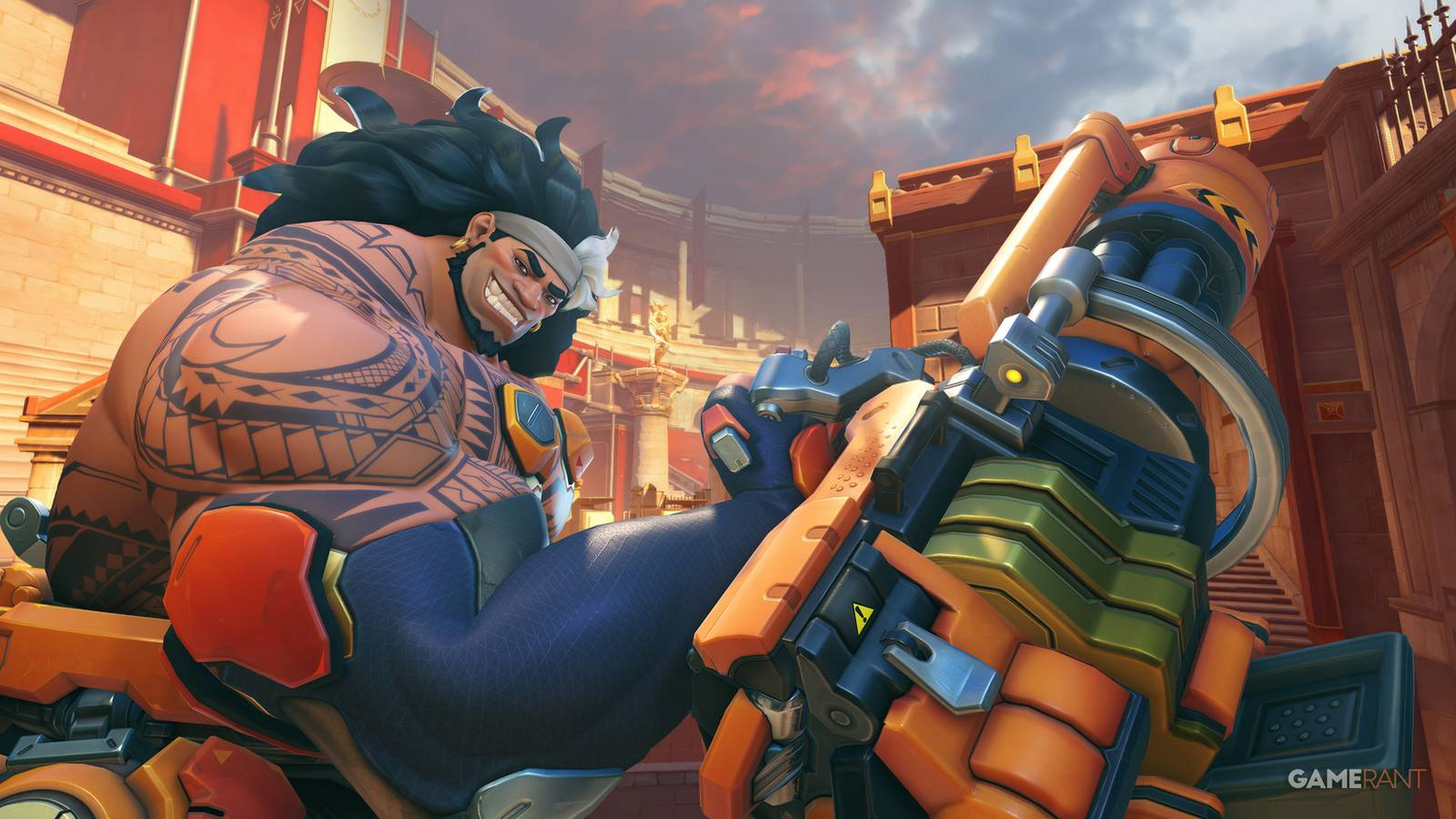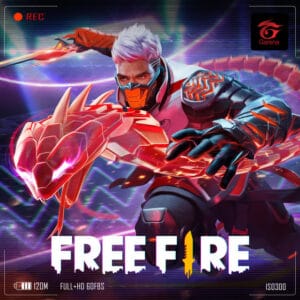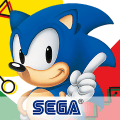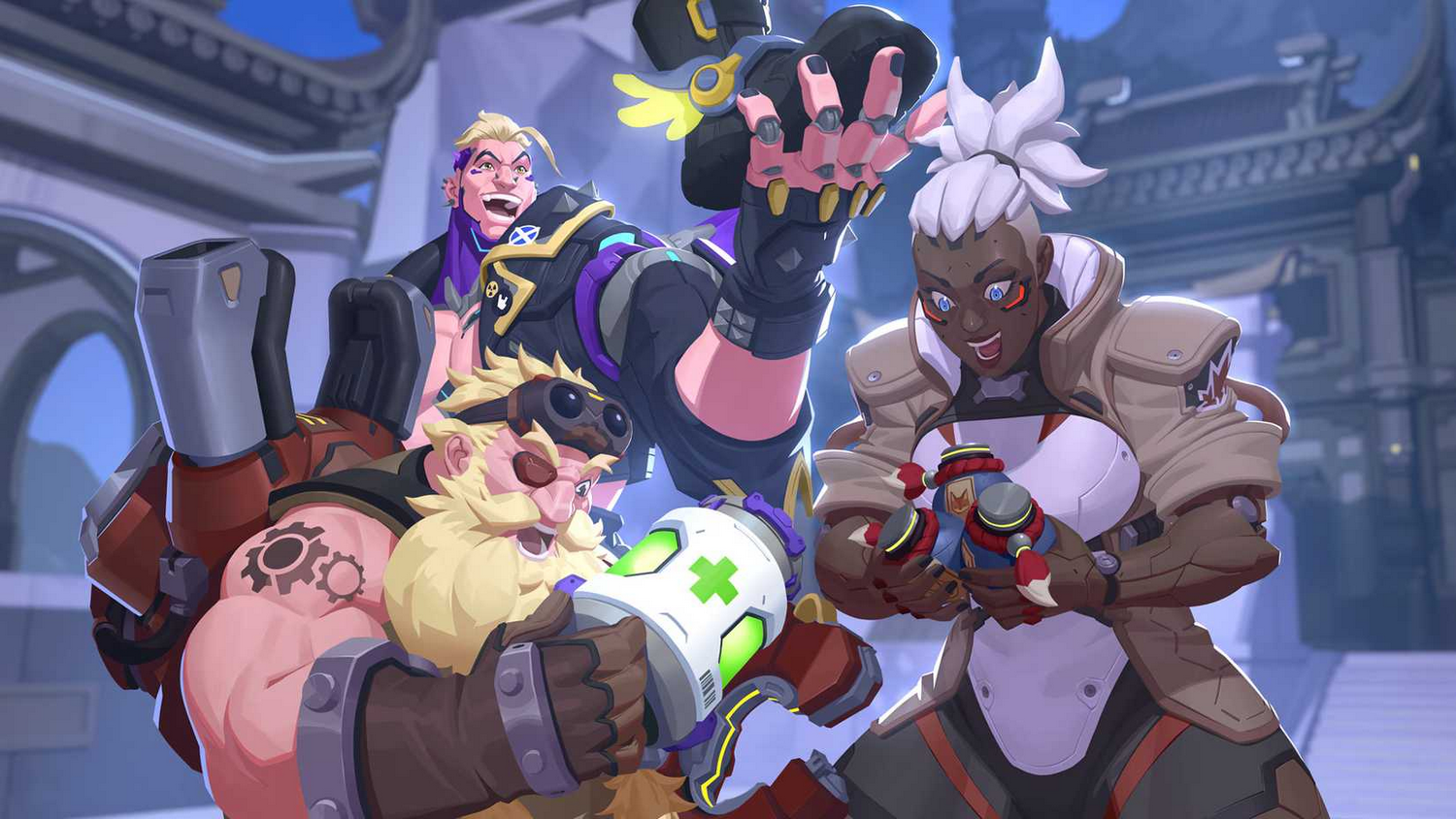BLIZZARD REVERSAL: Overwatch 2 Scraps Controversial Competitive Stadium Format for Season 20
Popular Now
 Garena Free Fire: Kalahari
Garena Free Fire: Kalahari
 Rust
Rust
 Brawl Stars
Brawl Stars
 PUBG Mobile
PUBG Mobile
 The Legend of Zelda
The Legend of Zelda
 Black Myth: Wukong
Black Myth: Wukong
 Toca Boca World
Toca Boca World
 Valorant
Valorant
 Fall Guys
Fall Guys
 R.E.P.O
R.E.P.O Blizzard Entertainment has made a swift and decisive U-turn on one of the most contentious changes introduced in Overwatch 2 Season 19: the highly debated shift in the Competitive Stadium mode format. In a surprising mid-season announcement, the developers confirmed they will revert the competitive structure for Stadium—the popular build-and-battle arcade mode—back to its original, player-preferred settings, effective with the launch of Season 20. This move is a direct response to overwhelming negative feedback from the competitive gaming community and high-rank players who argued the changes significantly diluted the strategic depth of the high-stakes format.
The core controversy stemmed from two major Season 19 adjustments: the reduction of the Ranked Stadium format from a Best-of-Seven (Bo7) to a Best-of-Five (Bo5) series, and the controversial introduction of the Stadium Gadget system. While the primary goal was to shorten match length and increase accessibility—a common focus for the Live Service Game model—the competitive player base felt the trade-off was too severe, compromising the integrity of high-level competitive play.
📉 Why the Bo5 Format Failed the Competitive Scene
The move to a Best-of-Five format in Season 19 was intended to reduce the average match duration, a change that, on the surface, appeared to be a positive Quality-of-Life (QoL) improvement for a mode known for its lengthy, resource-intensive matches. However, for players pushing the Elite Rank and beyond, the change had a critical, negative impact on strategic diversity and team resilience. This is a crucial point for esports titles with a heavy focus on adaptability.
- Reduced Strategic Depth: In the prior Bo7 format, the longer match length allowed for more varied team compositions and mid-game strategy pivots. Losing the first two rounds was recoverable. The condensed Bo5 format created a disproportionate pressure on early rounds, limiting the meta to compositions with immediate, high-impact power, and suppressing slower, more nuanced strategies.
- Increased Variance (RNG): A shorter match increases the likelihood that a few bad initial rotations or an unfavorable Armory Shop rotation could determine the entire series, rather than rewarding a team for consistent strategic execution over a longer period. High-rank players emphasized that a Bo7 provided a more accurate measure of player skill and team coordination.
- Community Outcry: The official Overwatch 2 forums and major community hubs like Reddit and Discord saw a rapid spike in negative sentiment, with many top Stadium content creators voicing their frustration over the format’s lack of “competitive rigor.” Blizzard’s quick response reflects a rare level of sensitivity to this kind of direct, high-volume player feedback.
 Game Director Aaron Keller acknowledged the community’s perspective, noting that while the speed increase was achieved, the goal of “preserving the depth and decision-making that define the mode” was not fully realized. The reversal to Bo7 will reinstate a format that is proven to deliver high-quality competitive gameplay moments.
Game Director Aaron Keller acknowledged the community’s perspective, noting that while the speed increase was achieved, the goal of “preserving the depth and decision-making that define the mode” was not fully realized. The reversal to Bo7 will reinstate a format that is proven to deliver high-quality competitive gameplay moments.
🛠️ The Gadget System: A Mid-Season Meta Shake-Up Gone Wrong
Perhaps even more controversial than the match length adjustment was the introduction of Stadium Gadgets. These active items—powerful, single-use abilities activated via a customizable hotkey—were designed to add a layer of chaos and late-game excitement. While concepts like “Temporary Shield Matrix” or “Instant Teleport Beacon” sound compelling on paper, their impact on the established Stadium meta was destabilizing.
The central issue was unpredictability, an element often at odds with a structured competitive environment:
Inconsistent Power Spikes: Gadgets created random, fight-winning moments that felt unearned, overriding the importance of resource management, Ultimate tracking, and hero ability cooldowns—all core elements of mastering Overwatch 2.
Increased Visual Clutter: The on-screen effect and deployment of Gadgets contributed to visual noise in an already frantic battle mode, leading to complaints about reduced visibility and difficulty tracking key enemy abilities, negatively impacting game accessibility.
Torbjörn Bug Exploits: A specific technical glitch involving Torbjörn’s new Swedish Sauna Power and the Gadget system caused a brief disabling of the Gadget feature in a recent patch, further fueling player discontent regarding the system’s readiness for ranked play.
The decision to remove or significantly rework the Gadget system for Season 20, as sources suggest, is a critical step toward rebuilding player trust. The removal will ensure that match outcomes return to being determined by hero synergy and mechanical skill, which are key metrics for player engagement in the free-to-play model of Overwatch 2.
📅 Looking Ahead: Season 20 and the Future of Stadium Mode
Blizzard’s decision to revert the Bo5 change is a powerful testament to the influence of the dedicated Overwatch 2 player base. It is highly likely the Competitive Stadium format will return to its Best-of-Seven structure when Season 20 begins in December 2025. The developers are also expected to focus on fine-tuning the recently introduced Perks System and stabilizing the hero roster.
 The successful integration of new heroes like Sojourn and Torbjörn into the mode, alongside the continuous stream of highly desired cosmetic content like the Season 19 Mythic Skins, demonstrates that Blizzard is still committed to evolving the Overwatch 2 experience. However, this reversal serves as a necessary check on their tendency to introduce radical, untested mechanics into the highest-tier competitive ladder.
The successful integration of new heroes like Sojourn and Torbjörn into the mode, alongside the continuous stream of highly desired cosmetic content like the Season 19 Mythic Skins, demonstrates that Blizzard is still committed to evolving the Overwatch 2 experience. However, this reversal serves as a necessary check on their tendency to introduce radical, untested mechanics into the highest-tier competitive ladder.
The Overwatch 2 development team must now prioritize transparent communication and methodical iteration over revolutionary changes, particularly for the modes that cater to the most hardcore, high-retention segments of their audience. For now, competitive players can breathe a collective sigh of relief knowing that the core strategic integrity of Stadium Mode will be restored soon, ensuring that the climb up the Ranked Ladder remains a true test of skill.







